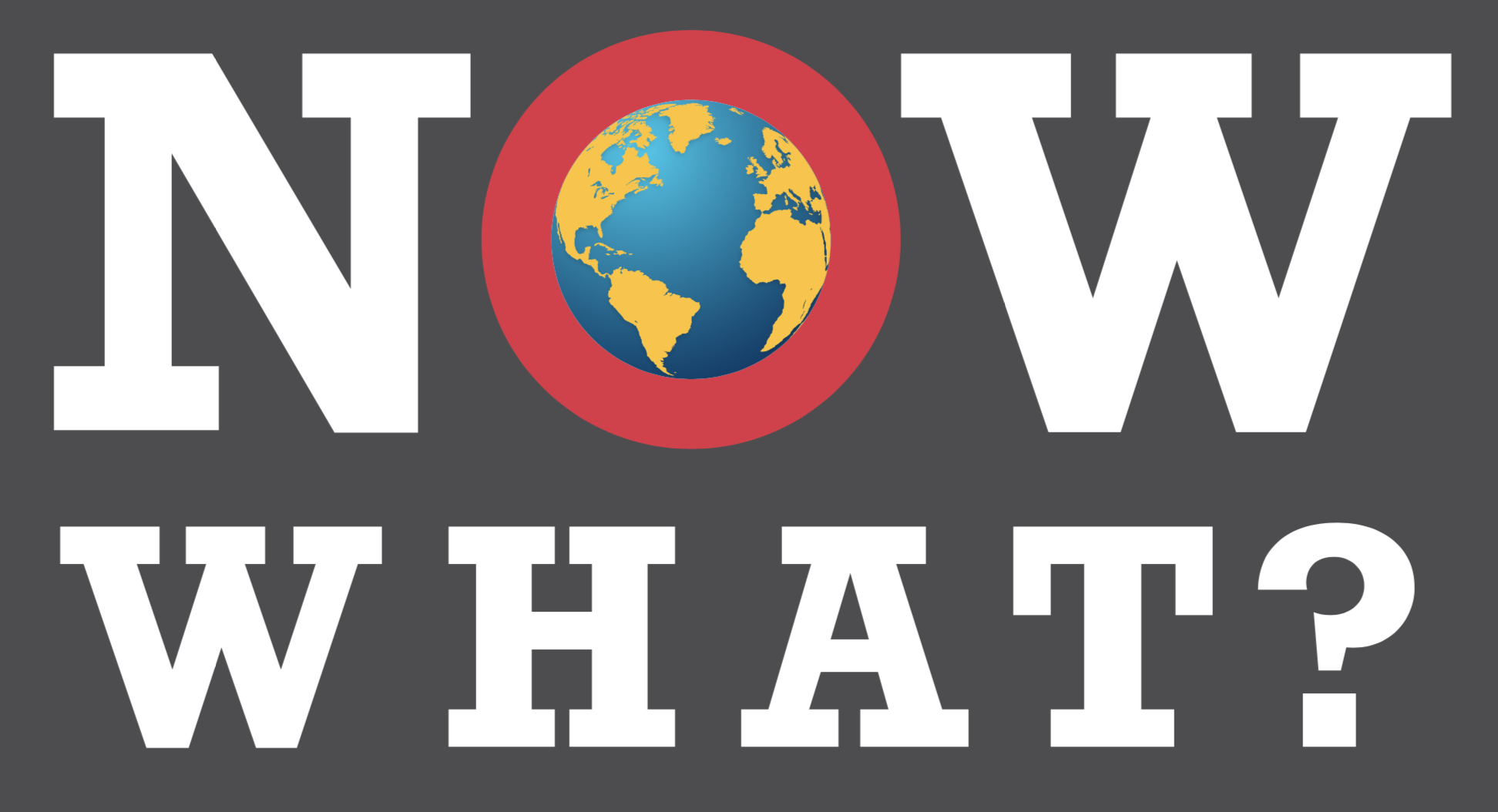3
Double down on multilayered prevention approaches
Let's try a new term to address old, siloed problems. "Multilayered" prevention involves multipurpose strategies (think contraception and HIV prevention) embedded in multisectoral strategies (think policy reform, community norms-changing, economic empowerment and more). Only layered approaches like these will drive incidence down.
Every Woman Matters: Integration now
The post-2020 agenda for both HIV and sexual and reproductive health and rights must tackle major, well-known deficits in programming head on, via an emphasis on multilayered prevention. Multi-what? Mulitlayered.
We're proposing this term to encompass both multipurpose prevention options like male and female condoms (which prevent pregnancy and reduce the risk of HIV and other sexually-transmitted infections) and multisectoral strategies that encompass biomedical, behavioral and structural interventions.
Does the world need another term? Maybe not. But success in primary prevention depends on finding new ways to talk about and, more importantly, deliver what's needed since the standard approaches are coming up short.
There are many deficits, but they almost all boil down to this: four decades into the epidemic, HIV prevention programs are still designed around the virus, not around people's minds, behaviors and relationships. There are a range of innovative, youth-centered, sex-positive programs out there. But the vast majority of HIV prevention still focuses solely on the retrovirus and what's needed to stop it, without putting as much focus on the bodies it tries to enter or on the communities that we live in.

Click the graphic above to download. (All graphics from the Report available here.)
Our bodies play, work, grow weary, rest and have sex for pleasure and sometimes for survival. They may bear children or they may not. Our genital anatomy may match our gender identity and presentation or it may not. We live in communities that are policed, formally and informally, by authorities—be they law enforcement or local leaders—who do not always support human rights for all. Our communities struggle with inadequate housing, insufficient employment and poverty. This is true whether we are living comfortably or on the margins: global inequality affects everyone.
Too many of today's HIV prevention programs and products don't consider these embodied realities.
These are just some of the programmatic issues. A range of structural factors are also well-recognized and unaddressed by most—though not all—prevention programs. These include gender-based violence (physical, psychological, emotional), clinic environments and wait times, laws permitting child marriage and marital rape and explusion of pregnant girls from school. These, too, can and must be addressed as part of public health programs that seek to help all people live healthy, dignified lives.
As long as HIV prevention programs and products are designed with a sole focus on the virus, and as long as contraceptive programs and products are designed with a sole focus on pregnancy intentions, incidence is going to stay level—or climb.
So what's needed for multilayered prevention? We propose:
Stakeholders at the country, community, funder and normative agency levels must develop and embrace a "3-D" agenda (Deliver, Demonstrate, Develop) for multilayered prevention—one that incorporates care for women with diverse fertility intentions with HIV and STI prevention. Multipurpose prevention strategies in the pipeline are designed as contraceptives that also reduce HIV and/or STI risk. We propose the phrase "multilayered prevention" to capture the need for these biomedical strategies to be embedded in multisectoral programs that take on structural barriers at the social, community and service-delivery levels.
Read Now What? AVAC Report 2019 for what the 3-D agenda might look like in detail.
